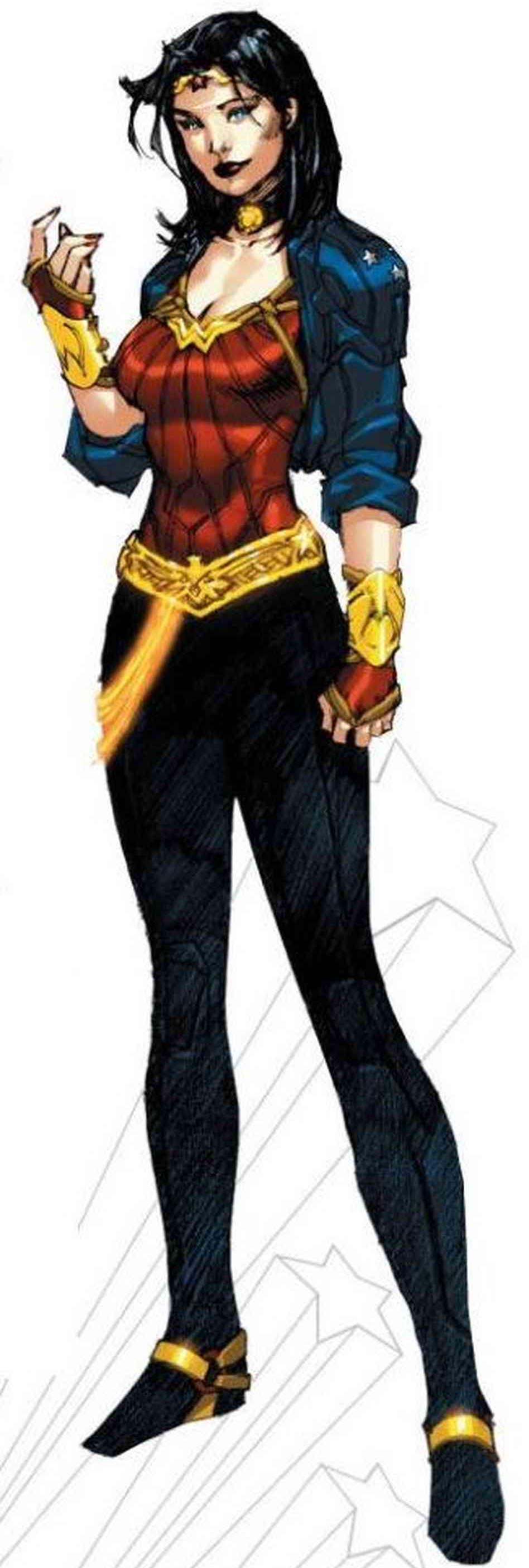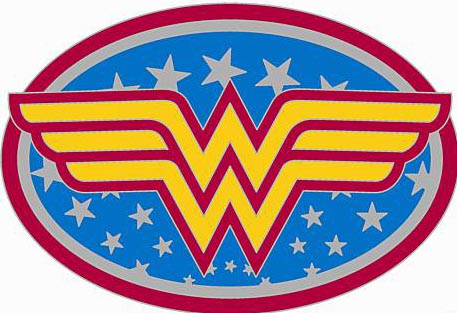



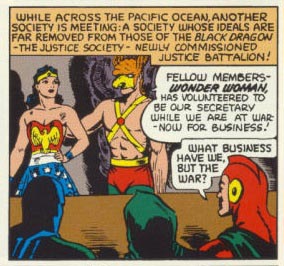
| But even worse than how she is drawn, is
how she is characterized. For example, when Wonder Woman first joins the Justice League of
America, she is only a secretary. Mulvey also says that "the representation of the female
form speaks castration and nothing else... women cannot be represented in (film) on their own
terms, but only in patriarchal terms, as castrated non-men" (Rose 115). This idea leads to
phallocentrism, which basically describes the way in which masculinity dominates society.
This all leads perfectly into the world of Wonder Woman, a strong warrior, forced into
secretarial duties. But worse, are her original weaknesses. |
According to "Aphrodite's Law" her powers
would be if she allowed herself to be bound or chained by a male. So essentially, if Wonder
Woman were bound or chained by a female, she could obviously break free, but if a man did it,
she could not. This also is tied into phallocentrism. Upon further research, Wonder Woman is
also shown in more vain ways. For example, at one point, she has her eyes taped shut, but
cannot open them, as she does not want to rip out her eyelashes. And at one point she claims
being a female slave isn't so bad, as long as it's for a good master.

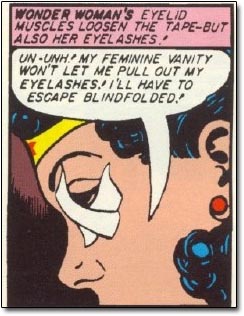
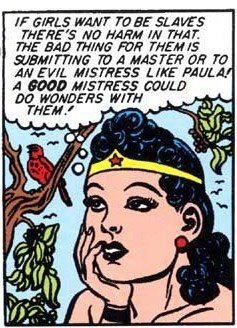
| Other female superheroes and empowered women in comics showed up, but they had many of the same problems. Lois Lane for example, the love interest of Superman, was deemed smart and independent by some, but rude and callous to others, specifically, for her rebukes of nerdy Clark Kent's attempts to woo her, and instead her infatuation with Superman. However, on occasion, she has saved the day, by figuring out a villain's scheme and having Superman help her stop the bad guys. As DiPaulo claims, "In this borderline, psychoanalytic construction, Lois and Superman are two halves of the same single superhero character, with Lois acting as the brain and Superman the brawn (DiPaulo 157)." | 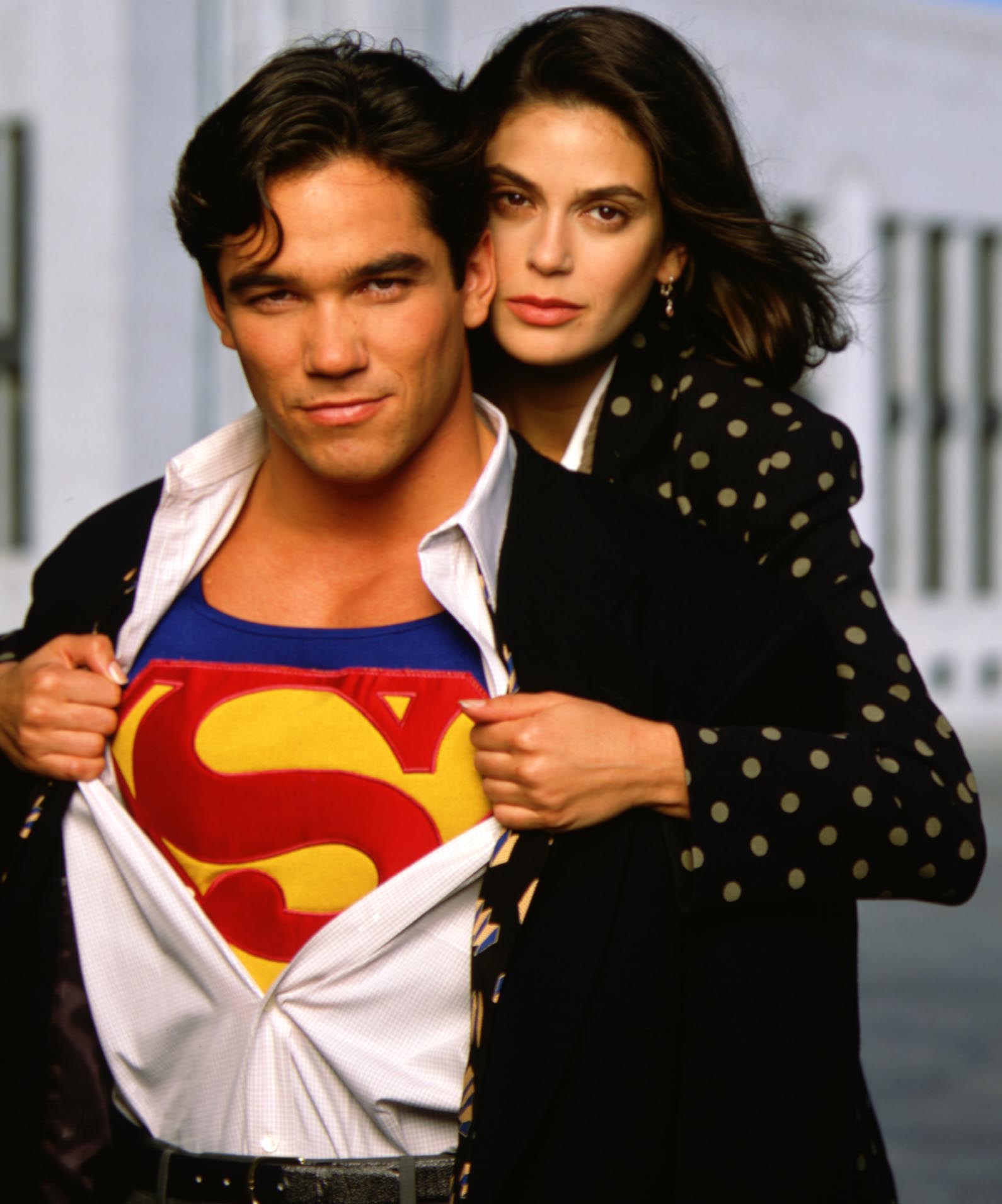 |
